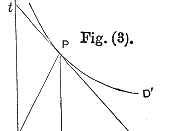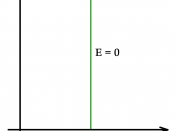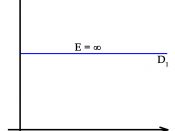1) Oligopoly is when a particular market is controlled by a small group of firms. For example supermarkets, there are three (there usually exist three companies) companies which dominate the market, Wong and Metro, Santa Isabel and Plaza Vea, and Tottus. The main assumptions that economists make when talking about a situation of Oligopoly are various; three or four large companies dominate the industry, but small companies do exist (smaller companies in the recent example would be for example "Arakaki", a sole trader company); firms are interdependent, al will watch what the competitors do and act accordingly (when Wong created the "Bonus" card, it did not even passed a week when Santa Isabel created the "Más Más" card); the existence of the kinked demand curve (which we will see what it is on question b); there are barriers to entry, this means it is difficult for other firms to enter the industry; non price competition, as companies cannot compete by prices, therefore they have to compete with the service they offer (for example the "Bonus" and the "Más Más" cards); the oligopoly must be collusive (collusion), this means when the companies, which dominate, work together to maintain very high prices at the expense of the consumer (for example Umbro and Adidas, sell football shirts at very high prices, as a Manchester United shirt costs approximately $50), companies which work together to maintain high prices should be fined, as it is illegal.
Advertising is also essential to maintain a high profit and market share, and also something very important, which is to develop brand loyalty (for example, once I began to buy "Sony" electro domestics, I begin to have a brand loyalty, as I never had a single problem with them).
2) The causes of price stability (when prices are...


